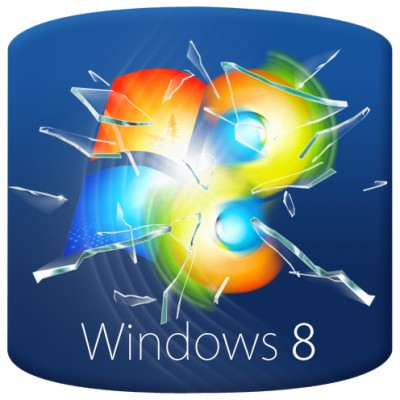ItsGeekToMe.co
The official home of It's Geek to Me on the web!
Issue #241: March 4, 2012
Last Saturday, February 25th, I made my annual pilgrimage to Northwest Florida College in Niceville for the annual Northwest Florida Association of Computer Users Group’s Tech Expo. The questions in this week’s column come from that session. I’d like to thank all of you who attended, and remind my readers in Northwest Florida that I do occasional speaking engagements. Contact me if you’d like a speaker for your group, class, club or organization.
Q: There is such a variety of web browsers out there these days. What Browser do you use?
A: Believe it or not, I’ve never found a need to move beyond what Microsoft provides – the venerable Internet Explorer.
Q: What security products do you recommend? Can I use multiple products simultaneously? Do the free products work?
A: Since I first started writing I.G.T.M. back in 2007, I’ve shied away from endorsing any particular products, as I’m not a paid endorser. But, on the computers I manage, I use the free version of Avast! virus scanner, as well as products such as AdAware, MalwareBytes AntiMalware, SpyBot Search and Destroy, and SuperAntiSpyware Free Edition. Obviously, yes, you can use multiple products simultaneously, but each one you add to your computer takes a slice of your system’s power, and adding too many can inflict significant performance lags. Yes, the free products do indeed work, and some do a better job than others. A word of caution on downloading free products: watch out for malware disguised as anti-malware software! Know what you have installed, and the appearance of warning dialogs it presents, so that you won’t be fooled by online dialogs that try to tell you that you have a virus, only to install some nefarious application when you click on it.
Q: When I get a pop-up, what should I do? How do I know that clicking on it to get rid of it won’t actually activate it? Should I just shut my system off?
A: The first thing I recommend is isolating the malware from the Internet. That means severing your internet connection by unplugging your cable, or disabling your computer’s WiFi card. However you have to do it, but you want to deny the ability to download anything to your computer. Then, if it’s not immediately obvious that clicking the “X” on the dialog will close it (or if the dialog doesn’t have an “X”) try the key combination <ALT>+F4, which is the universal “Close Window” command. If all else fails, you can power off, but doing so without proper shutdown does put your system at risk. You should always shut down gracefully if possible.
Q: What do you think of the Microsoft free security tools?
A: You’re talking about Microsoft Security Essentials, which replaced and enhanced the Windows Defender that was a part of Vista. In a previous column when they first came out I expressed some doubts. After all, these tools are a band-aid created by the same company that made the unsecured operating system that needs to be protected in the first place. Over time I’ve come to see the tools as a fair to middling security suite that does exactly what Microsoft intended it to do: provide at least a modicum of protection for PC users who either can’t or won’t pay for some other protection. In other words, it’s better than no protection at all.
Bonus web-only content:
Q: Have you downloaded the Win8 Beta yet? What do you think of Win8?
A: I actually have not downloaded the Beta yet, but I’ve done some reading on it. The biggest thing I noted is that Microsoft is heavily pushing features that will work on tablet computers and touch-screens. It’s somewhat ironic to me that Microsoft, which used to be the unchallenged ruler of the PC space, setting trends and direction for the entire industry is now playing catch-up after Apple launched the tablet revolution. Win8’s Metro UI is based on live tiles, exactly like the Windows Phone operating system. Watch for the possible death of the “Start” button, and watch for many new security features, such as the Refresh, and Reset recovery functions, and Secure boot, which prevents unauthorized firmware or drivers from running at boot time. This could have a severe effect on people who run Linux, and other non-Microsoft operating systems on their hardware.
Want more? You can download the Windows 8 Consumer Preview here: http://windows.microsoft.com/en-US/windows-8/consumer-preview. WARNING! This is an OPERATING SYSTEM – not an application. DO NOT install this on a working PC with the expectation of uninstalling it later and returning the system to its previous state. Only install this on a computer you use for tinkering, or which you don’t need for anything else.
For still more on Windows 8, Google “Windows 8” and select “Images”.

Leave a Reply
You must be logged in to post a comment.